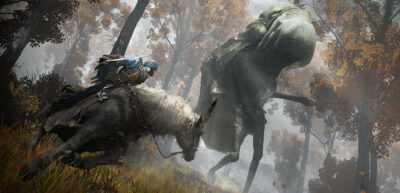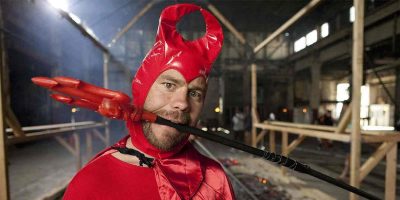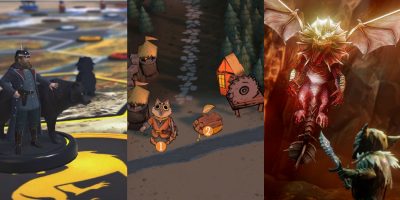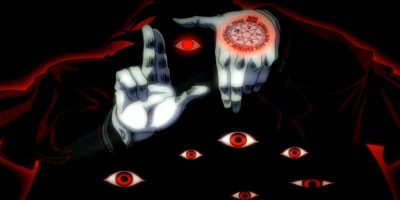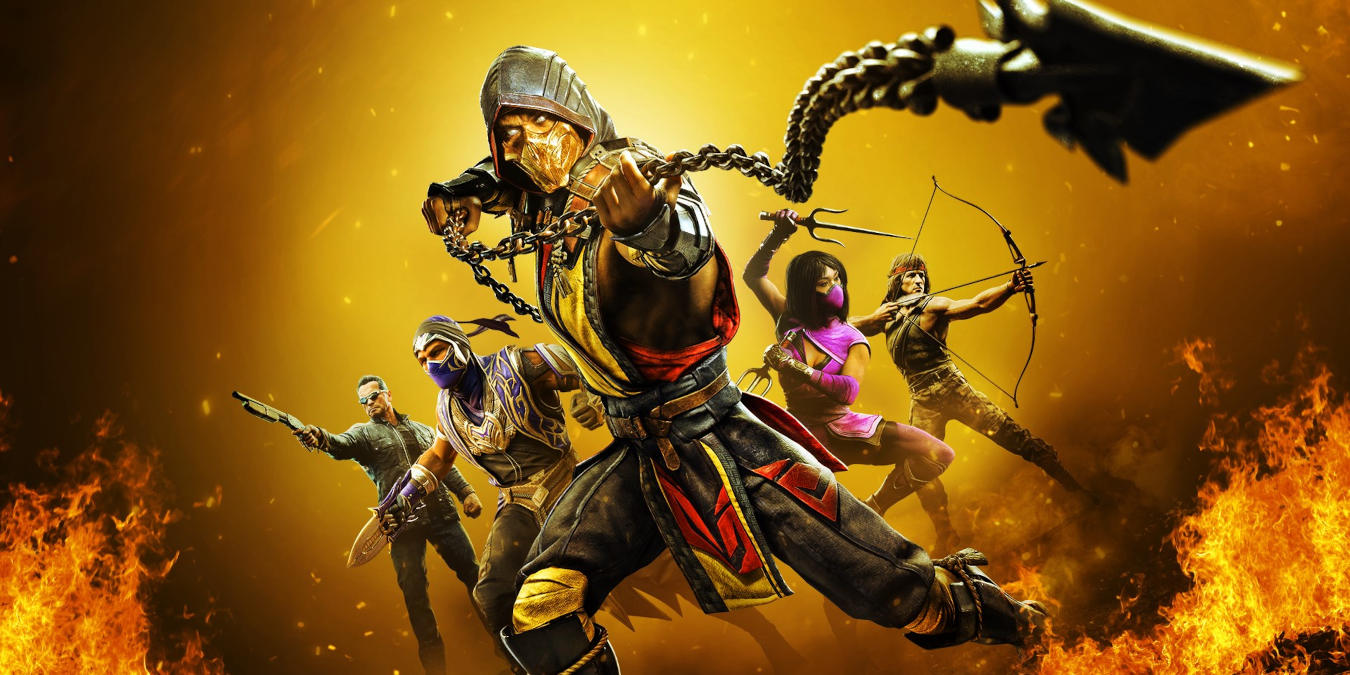
The Mortal Kombat franchise is known for its gory executions, colorful characters, and excessively violent fights. Midway Games, the original company behind the Mortal Kombat games, was no stranger to experimenting with different ideas. As a result, the MK franchise is marked by excellent games that build off of the lessons learned from their less successful preceding game. All of this culminates in the modern-day, where Neatherrealm Studios has perfected the Mortal Kombat games.
We’re diving into the history of this bloody franchise, and taking a look at the best Mortal Kombat games.
Looking to improve your fundamentals? Here’s our guide to get better at fighting games.
6. Mortal Kombat vs DC
Mortal Kombat vs DC is an underrated title. It introduced many mechanics that would be used in modern Mortal Kombat games like the meter system, enhanced moves, and its unique storytelling style. It also pulled in a new generation of fans that were craving a good DC fighting game into the Mortal Kombat fanbase. These innovations would shape the future of the MK franchise and even spawn its own spinoff.
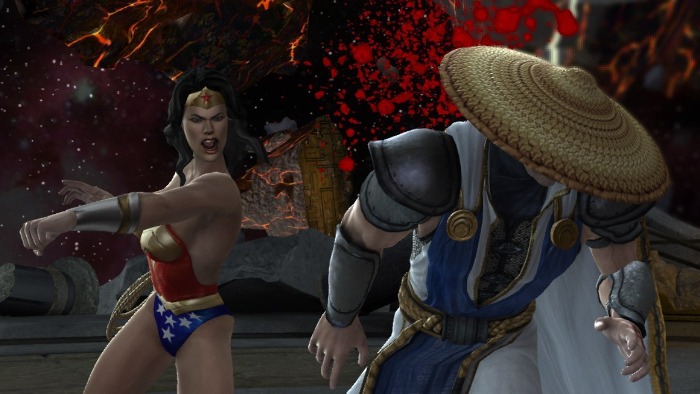
Despite its groundbreaking ideas, the game still had many problems. It was launched during a time when fans were expecting a true Mortal Kombat game, not a crossover. This led to critics having mixed reactions and disappointing long-term fans. Its toned-down fatalities/heroic brutalities were emblematic of the end of Mortal Kombat as fans knew it. In fact, this would be the last game Midway would create before filing for bankruptcy, getting bought by WB, and then reforming into Netherrealm Studios.
5. Mortal Kombat: Deception
Two years after Deadly Alliance shook up the Mortal Kombat formula by adding a 3D plane, Deception would release to positive fanfare. It kept the weapons and styles first introduced in MK4 and added more characters, more stages, and several different modes. The balance suffered from the weight of the new characters and new styles, but the game was undeniably fun.
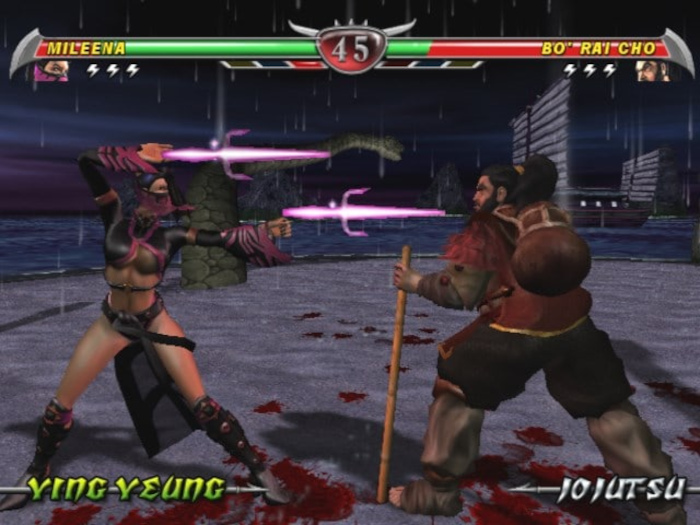
Besides regular 1v1, Deception added three game modes that were a blast to play. These modes are Konquest, Chess Kombat, and Puzzle Kombat. Konquest is a single-player RPG experience with a surprising amount of care put into it. Chess Kombat was a unique blend of Mortal Kombat with chess mechanics, where each type of piece (King, Queen, Pawn, etc.) is a different character. And finally, Puzzle Kombat is Mortal Kombat’s take on the popular Puzzle Fighter style of game, which had players match falling blocks to attack one another. These modes made Deception stand out from the rest of the Mortal Kombat games.
4. Ultimate Mortal Kombat 3
This was an extremely close competition between Mortal Kombat 2 and Ultimate Mortal Kombat 3. but Ultimate barely wins out because it’s a better fighting game experience. However, if you prefer simpler combos and fights being determined by special attack interactions, then Mortal Kombat 2 is the better game for you.
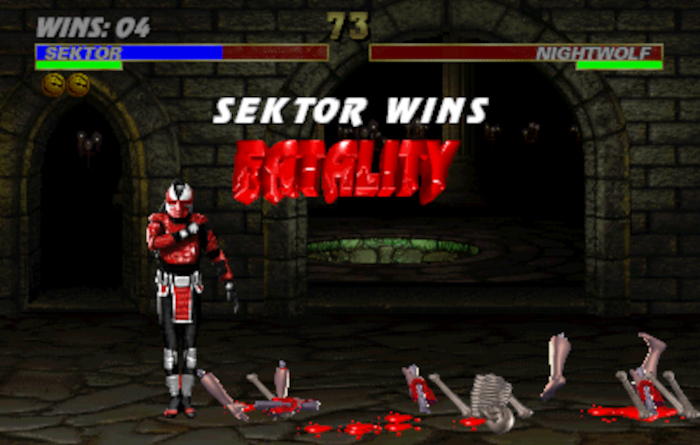
Ultimate Mortal Kombat 3 on the other hand, expanded on the foundation laid down by its predecessors. It grew its roster with fan-favorite characters like Scorpion that were absent from the original MK3 and introduced several unique gameplay changes like a “dial-up” or autocombo system, where players could input attacks that will automatically string into one another.
While the new combo system brought some divisiveness into the community, so too did the new run button. In UMK3 players could push button and quickly dash into their opponent. This limited the strength of long range special attacks and put an emphasis on close range interactions between players.
3. Mortal Kombat X
Following on the heels of Mortal Kombat (2011), Mortal Kombat X added many of the beloved mechanics from the Deadly Alliance era of games. It also introduced the world to the next generation of characters like Takeda and Cassie.
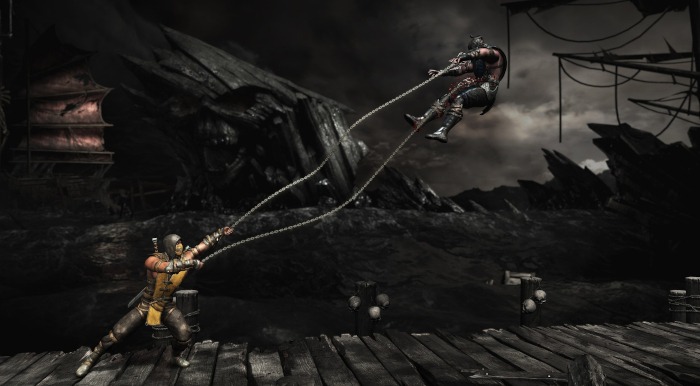
Mortal Kombat X reintroduced three different variations of each character. Each variation would have different special attacks which would make the character perform in a completely unique way from the other variations. For example, one variation of Kung Jin would focus on shooting trick arrows at long range. Another variation focuses on his staff, and the last variation replaces his bow-staff altogether with chakrams. These variations added an incredible amount of depth to MKX’s roster.
2. Mortal Kombat 11 Ultimate
All of these games have led up to the most recent entry in the MK franchise – Mortal Kombat 11 Ultimate. MK11 feels like Mortal Kombat’s way of throwing a party for its fans. Its story introduced a Shang Tsung that is voiced by and in the likeness of the iconic Cary-Hiroyuki Tagawa who played Shang-Tsung in the first Mortal Kombat movie. It also features several crossover characters like Robocop, Spawn, Batman’s Joker, and the Terminator. Mortal Kombat 11 also signified the moment the franchise entered the eSports scene with its international leagues.
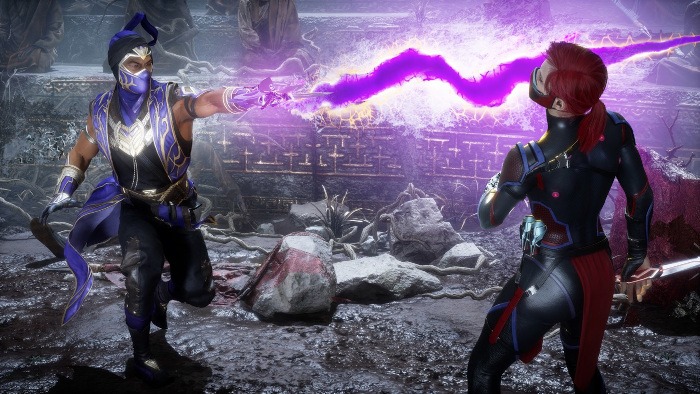
At a mechanics level, Mortal Kombat 11 Ultimate added custom variations and Flawless Blocks. Custom variations allowed players to mix-and-match the different moves in each base variation. In Ultimate, these variations were enabled for ranked and tournament play. In effect, this buffed weaker characters and rewarded players who stuck with their favorite characters.
Flawless Block rewards blocking just before an attack hits you. It negates chip damage and punishes obvious attack strings that would be safe. This forces players to vary their pressure strings and makes projectiles less safe to use.
1. Mortal Kombat (2011)
After Mortal Kombat vs DC, Midway was bought by WB and reformed into Neatherrealm Studios. With a new team and a clean slate, the new studio rebooted the entire franchise with Mortal Kombat (2011).
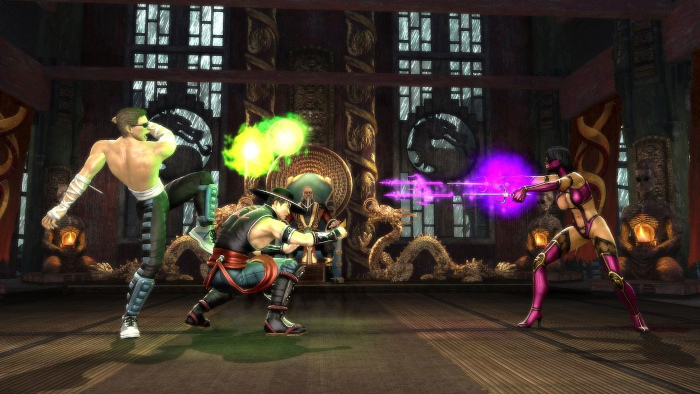
Its story picks up after the events of Armaggedon, where practically all of the characters in Mortal Kombat died. Raiden sends a message back in time to warn his past self and creates a parallel timeline of events during the first Mortal Kombat game. From that point onward, Mortal Kombat (2011) does a fantastic job of seamlessly blending cinematic storytelling with its brutal fights.
MK (2011) was hailed as a glorious return to form for the franchise, successfully cutting away most of the bloat accumulated over the last 19 years and focusing on just core characters and simple mechanics. It also added modern mechanics like a super meter that could be used to create powered-up attacks and X-ray attacks which are similar to Street Fighter’s Super attacks. This was also the last time a tag team game mode was added to Mortal Kombat, and it was an amazing game mode to enjoy with friends.
Still have some fight left in you? Check out the best Street Fighter games and the best fighting games with rollback netcode.






